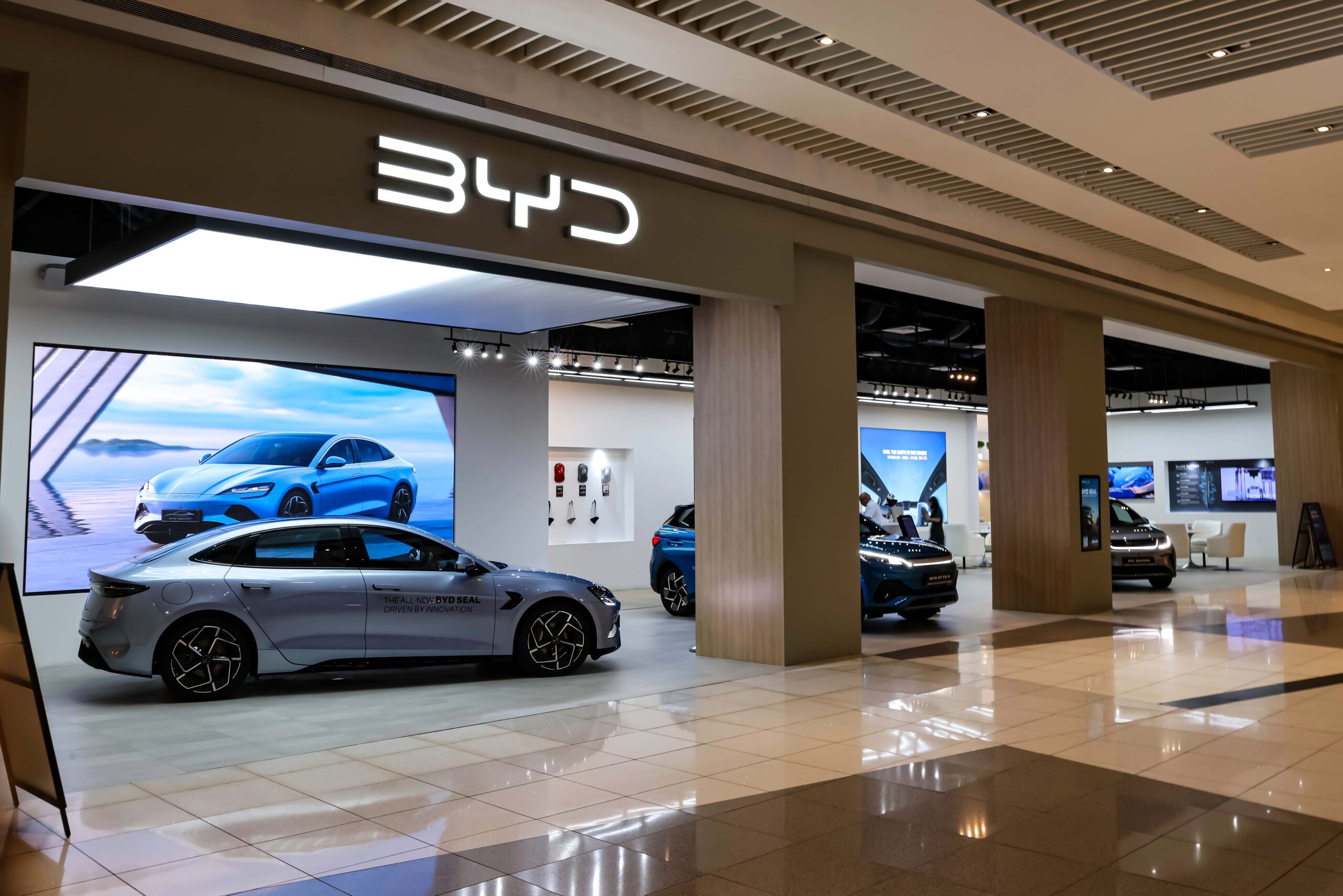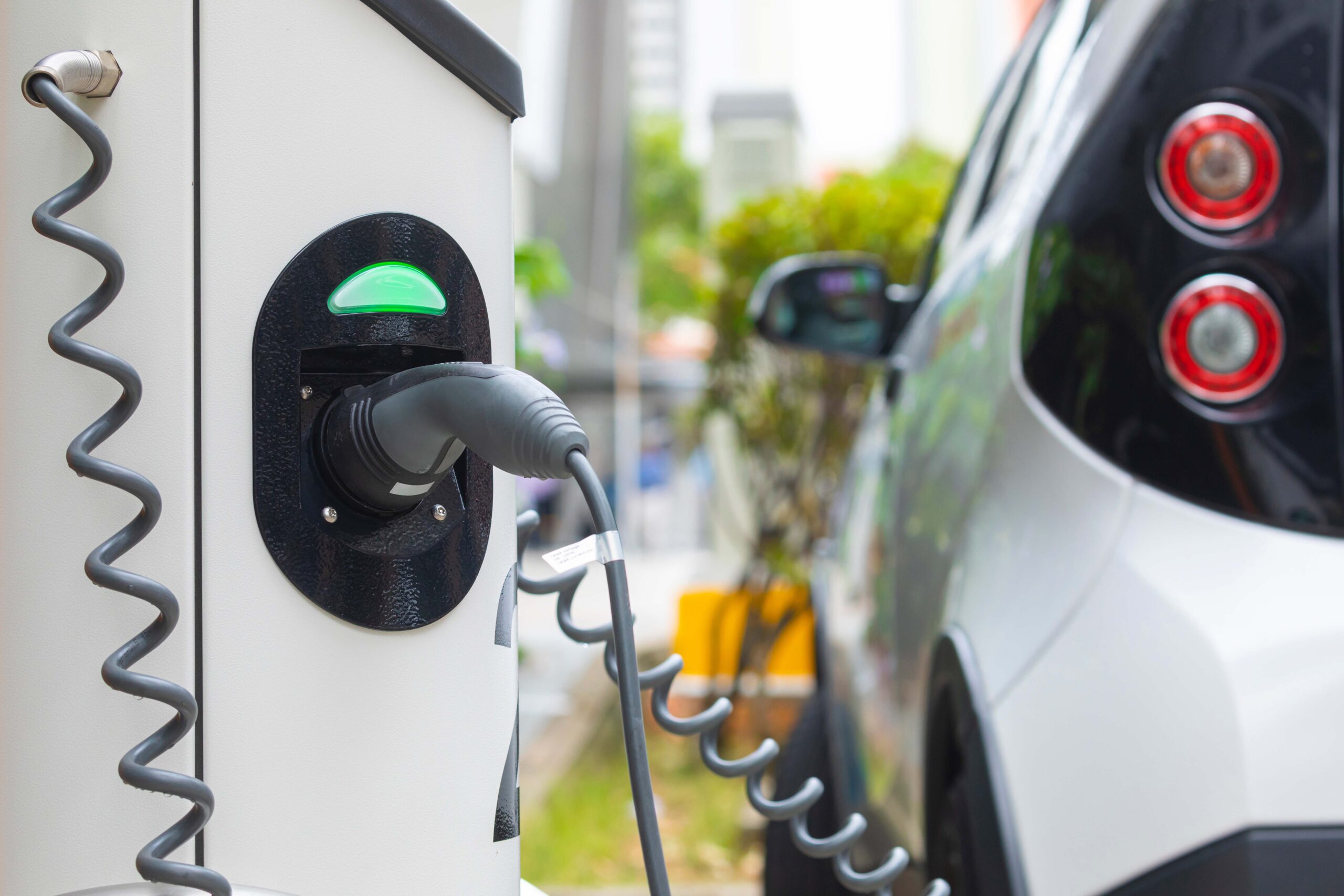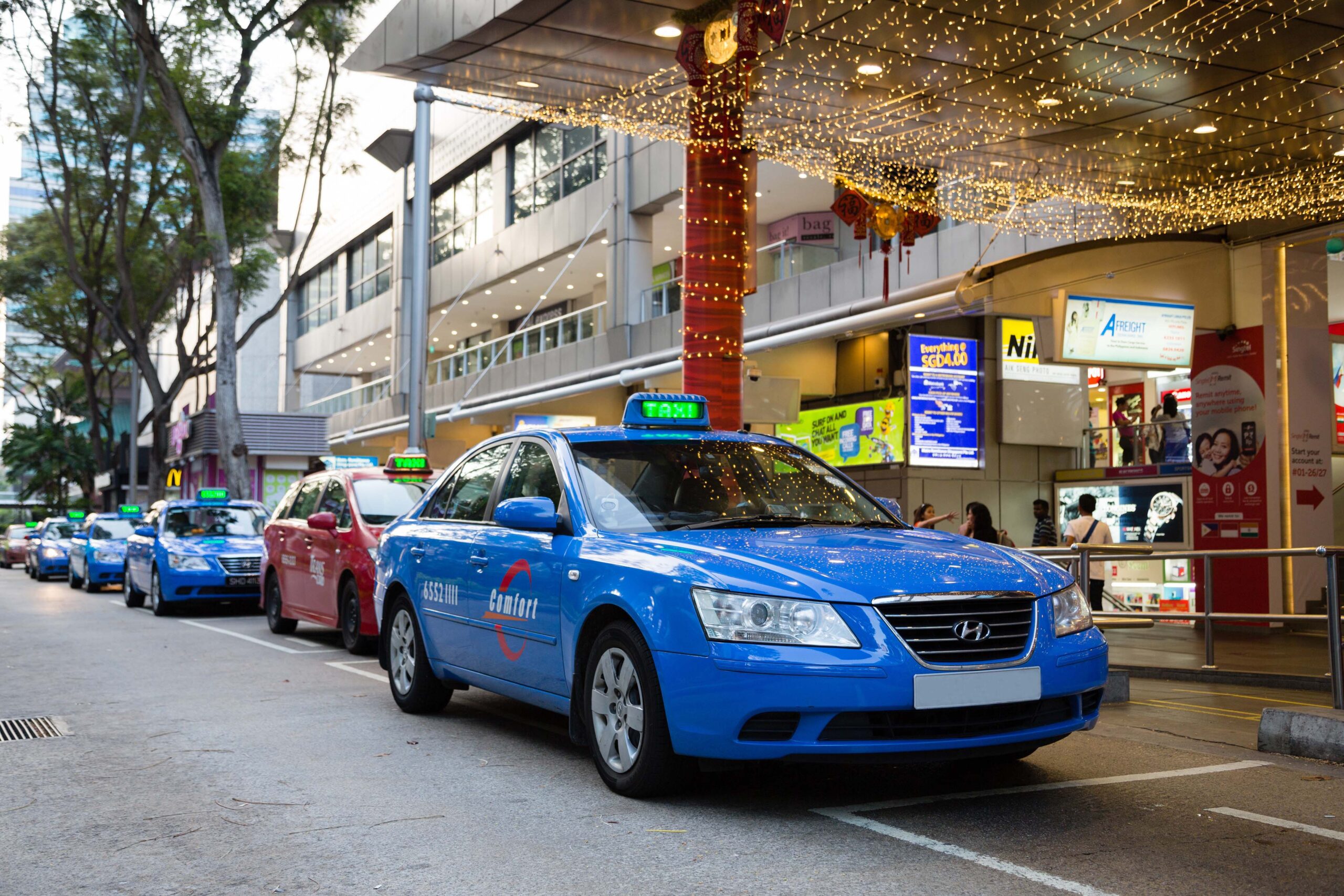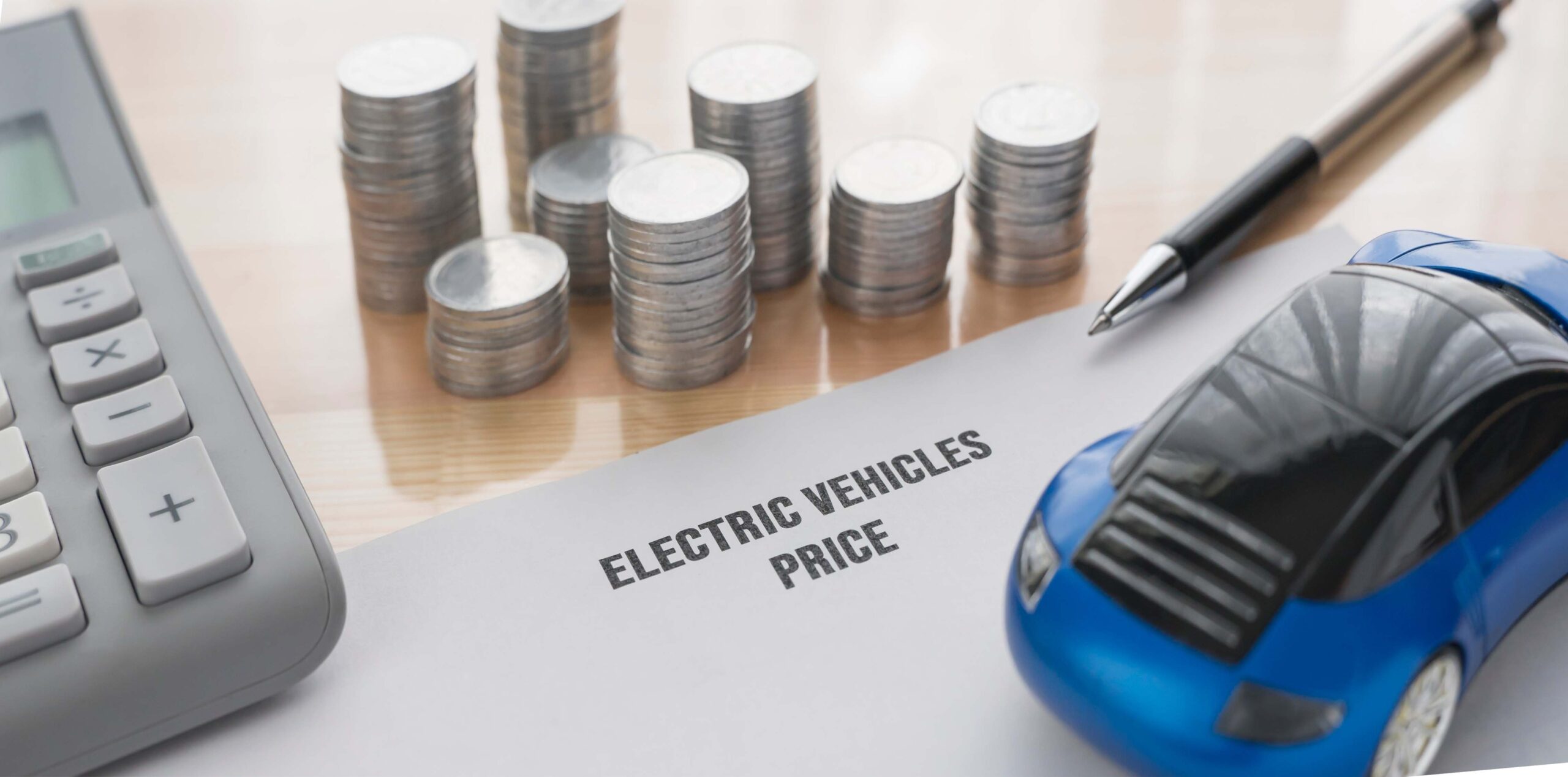From 2025, new diesel vehicles will no longer be registered, and by 2030, all new cars and taxis must be cleaner energy models: electric, hybrid, or hydrogen.. These rules are reshaping the future of transport and driving faster adoption of electric, hybrid, and hydrogen models.

The phasing out of diesel is not just a headline change. It is a turning point in how cities and industries think about mobility, pollution, and future growth. The decision to end new diesel vehicle registrations from 2025 and require all new cars and taxis to be cleaner-energy models by 2030 sends a strong signal to carmakers, drivers, and investors.
Transport is one of the largest contributors to carbon emissions, and this rule closes one major door while opening others: electric, hybrid, and hydrogen power.
2030: A Clean-Energy Deadline
The ban on diesel cars marks a shift that many have been expecting, but not all are ready for. Diesel engines have long been associated with durability, but they are also tied to particulate matter, nitrogen oxides, and higher levels of local air pollution compared to petrol or electric. Governments want traffic that no longer puts people’s health at risk through fine particles in the air. By cutting off new diesel registrations in 2025, regulators are forcing the market to adapt quickly.
The 2030 deadline is even more impactful. That date marks when all new cars and taxis must be electric, hybrid, or hydrogen-powered. This means that in just five years after the diesel cutoff, fossil fuels as the base choice will no longer be accepted. The stakes are high: manufacturers that fail to expand production of cleaner-energy vehicles will risk losing their relevance in some of the largest markets. Consumers will face new decisions, and second-hand vehicle markets may see unexpected shifts as demand for compliant models grows faster than supply.
Following Global Trends
These policy changes do not come out of nowhere. Countries across Europe, North America, and Asia have been tightening emissions rules over the last decade. The European Union, for example, is working toward ending internal combustion engine sales by 2035. China has already become the biggest market for electric cars, supported by subsidies, quotas, and industry support. In the United States, federal and state incentives drive EV adoption, though politics sometimes slow progress. The wave of bans, incentives, and industry goals is building momentum, leaving fewer and fewer places for old technologies to survive.
Automakers Under Pressure
The shift to cleaner energy vehicles is real and accelerating. In early 2025, electrified vehicles, including battery electric, plug-in hybrid, and hybrid models, made up 43% of global new car sales, up from just 9% in 2019. Sales of battery electric and plug-in hybrid vehicles are projected to hit nearly 22 million worldwide this year, a 25% jump over last year. China leads, counting for almost two-thirds of sales, but growth in Europe, Southeast Asia, and Latin America is also strong. Singapore’s EV market is surging too with new EV registrations increasing by 63% in the first half of 2025, following regional trends.
Car brands can’t afford to wait. New players like Tesla and BYD have forced traditional companies to adapt quickly: pivoting to electric platforms, retooling factories, and securing battery supply. Demand for lithium, cobalt, and nickel is rising along with the pressure to innovate. Brands that move fastest can win as fossil fuel models fade, since nearly half of the market is already electrified and consumer habits are shifting every year.
Challenges in Infrastructure
And while cleaner energy cars gain momentum, challenges remain. Charging infrastructure today is still patchy in many cities and rural areas. Without reliable, widespread charging, consumers hesitate to make the switch. Hydrogen fuel faces even bigger hurdles because distribution networks are minimal, and production requires major investments. Governments must match their regulatory direction with visible, practical support to make this transition real for everyday drivers.
Why Taxis Are A Focus
Taxis are a special focus in this regulation because they cover more distance and contribute more emissions than regular cars. By 2030, taxi fleets will have to be cleaner-energy or face being retired. That shift forces operators to invest in new cars earlier than private motorists. It may also push ride-hailing services to electrify faster.
Encouragingly, some cities already offer subsidies or priority parking and charging for electric taxis, making adoption slightly easier. Still, drivers worry about costs and the practicality of new technology compared to the reliability of older engines.
The Cost Question
Cleaner-energy vehicles are still more expensive upfront. While lifetime costs can be lower due to fuel and maintenance savings, many consumers cannot easily pay a higher price when making a purchase. Policymakers have introduced rebates, tax exemptions, or grants in many regions, but it is uncertain how long these will last. Price parity with conventional cars will only come once economies of scale are reached, which is why many view 2026 as the tipping point when demand spikes following the diesel ban.
EVs and hybrids Environmental impact is the driving force behind these policies. Road transport contributes around one-fifth of global carbon dioxide emissions. Diesel engines, while efficient in terms of fuel use, release pollution that is harmful to lung and heart health. Cleaner-energy models, especially EVs, have zero tailpipe emissions. Even though battery manufacturing carries its own environmental burden, studies show that an EV usually offsets its production footprint within a few years of use. Over the lifetime of the vehicle, emissions are far lower compared to a conventional car.
For consumers, the switch to cleaner vehicles will often feel less like a choice and more like a necessity as policies tighten. Some may resent the speed of the change, especially if they rely on affordable used cars. Others will welcome cleaner air, quieter streets, and new mobility options. Cities are also using this shift to rethink traffic altogether, with more emphasis on public transport, cycling, and walking. Vehicles may become just one part of a broader transport system rather than the central piece of urban life.
The Coming Tipping Point
By 2026, demand for EVs and hybrids is expected to rise sharply. Once diesel registrations stop, new buyers will gravitate toward cleaner-energy models as the options left on the market narrow. Supply may lag at first, creating waiting lists or driving up costs. But manufacturers are already preparing, ramping up electric lines and lobbying for government clarity on support measures. This short period between 2025 and 2030 will set the tone for decades of transport technologies.
The change is not just about cars; it is about habits. Consumers will need to think differently about fueling, charging time, and long-distance travel. Governments must invest in renewable energy to ensure these cleaner vehicles are actually powered by clean sources, not just coal-fired electricity.
If policies align, the long-term benefits are massive: reduced urban pollution, lower oil dependency, and acceleration toward climate targets. If infrastructure and support fail, backlash and inequities could grow. Either way, the next five years will be decisive.
Shifts in the Used-Car Market
Drivers are responding to the diesel ban in unexpected ways. Instead of moving straight to electric vehicles, many are buying used diesel cars before the 2025 cutoff. Demand for second-hand diesel vehicles has spiked. In March 2025, used diesel sales rose by 16% compared to two years ago. People see diesel cars as durable, affordable, and better for long trips, so they want to get value out of familiar technology for a few more years.
But this bump in used diesel interest is temporary. As 2030 gets closer, more rules about pollution and low-emission zones will make it harder to own or sell older diesel models. Prices for diesels in cities with tight restrictions drop faster than in other areas, and sellers know these cars will be less attractive over time. The long-term outlook is clear: once these vehicles become more expensive to run or are banned in urban areas, demand and value will fall.
Policies, Taxes, and Financing
As for used electric vehicles, the market is evolving quickly. Used EV sales are surging, with buyers attracted by lower running costs and newer, more affordable models. In some regions, inquiries for used EVs are far higher than for new ones, which shows strong interest and confidence in second-hand options. But the shift isn’t smooth: concerns over battery health and rapid technology upgrades can mean some older EVs lose value faster than expected.
Affordability is the top worry for drivers making the switch. While new EVs were out of reach for many, the flood of used models and innovative leasing and finance options is changing things. More lenders now offer deals tailored to electric cars, including longer-term loans, flexible leasing, and battery warranties to make buyers feel more secure. As small EVs reach price parity around 2026, more people will find them within their budget.
Tax policies are also shifting. Governments lose fuel duty when drivers leave conventional engines for battery or hybrid vehicles. Policymakers are searching for new tax models, like road use fees or charging taxes, but nothing is set in stone yet. Changes to registration fees and tax incentives can soften the blow for buyers, but rules will likely keep evolving as EVs take over more of the market.
Financing for taxis and fleets often comes with extra support, including grants or special low-interest loans. This helps operators who need to replace vehicles quickly to comply with cleaner-energy rules. Used-car dealers, meanwhile, are preparing for a shift in inventory and pricing once the ban makes older diesel and petrol vehicles less desirable. The next few years will be a time of adjustment, with new habits in borrowing, buying, and selling.
The Road Ahead
For many, moving to cleaner-energy vehicles will not be smooth or cheap. The used-car market is a safety net for those who can’t buy new, but it won’t last. Tighter rules and falling values will eventually push more people to buy or lease electric, hybrid, or hydrogen vehicles. Financing is already evolving, but rules and tax policies need to keep up. The road ahead means everyone, dealers, buyers, and lenders, must adapt.
The diesel ban in 2025 and the cleaner-energy requirement in 2030 reshape the road ahead. It is a difficult but necessary transition, forcing industries, governments, and drivers to make choices sooner than they might have preferred. Cleaner vehicles are coming, and the rules ensure they are not optional anymore; they are the future standard. The rapid growth of EVs by 2026 is almost guaranteed, not because of hype or marketing, but because the old ways are being shut down.



